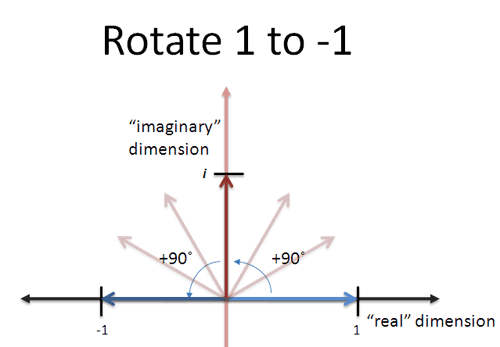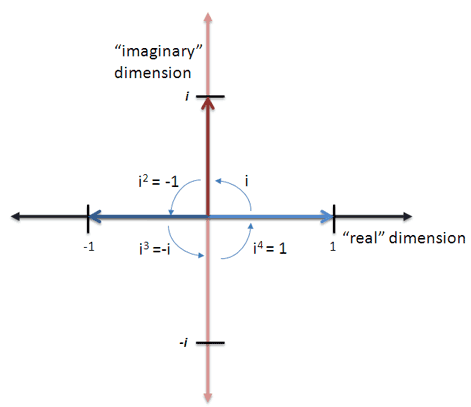An intriguing thesis.
Too often we trade away others' freedom(s) for small benefits to ourselves. This pattern has got to stop. The system should be closed in such a manner that the small trade-offs are balanced out across all of society.
Cory Doctorow also highlights the recent Texas abortion law which targets abortion providers. Rich Republicans who have backed this law will still have the power and flexibility to drive or fly to another state for their abortions when desired. There are no consequences for them because they're not in a closed system. If abortions were illegal everywhere and anyone getting one were to be prosecuted regardless of where they got their abortion, then the system would be more "closed" and without loopholes they could use. As a result, laws like this would never be passed because they would apply equally to those who were making them. Legislators and judges should think more about walking a mile (or a lifetime) in another person's shoes more often.
For lack of a better term let's use the idea of "political calculus" to describe this. Calculus is the mathematical study of small changes. So a small change to an individual isn't a big thing, but in the aggregate it can have profound and destructive effects on large swaths of the people.
In large part, this is how institutionalized and structural racism flourishes. We take small bites of powerless individuals which in aggregate causes far more harm.
This is all closely related to the idea of "privatizing profits and socializing losses".
 Another graph:
Another graph:
